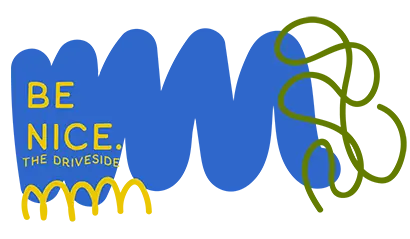Tell us about your research work on cities and cycling:
I noticed that there was a lot of cycling research in North America and in Europe. And being from Brazil, I just didn’t think the experiences that I was hearing reflected what I know to be true of Brazil. So, for example, the barriers: what’s keeping people off streets (on bikes) in Brazil.
And in my research, I found that, culturally, there’s a big disincentive for women to bike. So they’re told, you know, it’s dangerous…but their brothers are encouraged to bike. There was an example of one participant in my study who, from her grandparents’ eight siblings, six of them were boys and two of them were girls, only the males were taught how to bike. So, bike lanes are important but if you have cultural barriers and there’s this fear […], then there are other things we need to do, to encourage people to bike.
And so, in Sao Paolo, for example, you have great infrastructure, but women still only represent 10% of cyclists. […] And so, my research sort of came to this (conclusion), the summary is that we need to move from dialogue, to reflection, to action.
People need to have spaces to share their experiences – why they don’t bike, what are their fears? what are their hesitations? In women’s collectives (in Brazil), they share with one another, they reflect on how one person’s (cycling) experience is different from the other. And then together they go on rides to help one another overcome fear (of cycling).
In my research, I started with one city and then I ended up interviewing women across ten different cities all over Brazil….. who actually all know each other, they all are connected! They don’t really get attention for the work they’re doing, for how they’re mobilizing to encouraging women to bike.
And what’s interesting, too, is that Brazil is very racially diverse. So, you have the Afro-Brazilian women who are at the forefront of this movement. And so, it was cool to see their work, and to hear how women with different lived experiences are bringing their experiences [to this work] and how their experiences are informing the work they do. So, in every community, the outreach is going to look a little bit different. But because these [movements] are locally rooted and they’re led by the people within the communities, they know how to [do] outreach.
I think it speaks to the question of… when you ask people and when you give an opportunity for people to just talk about their experiences, that your world is opened and you realize that everyone has a story with their bicycle, and it’s different than ours…it’s different than yours. I think giving an opportunity for people to share their experiences, that’s what’s going to help us move the cycling world forward in a way that’s going to be different than the past and hopefully better than the past.



















